Reviews
Presidential Caliber
This is why most brands will go to some lengths to announce their new movement to the world, focusing on this fact exclusively to get the attention of hardened watch connoisseurs, especially for brands stepping up to manufacture status for the first time.
With this reality as the backdrop to how things mostly work in the world of horology, it seems almost charming that when Rolex debuted the Day-Date 40 at Baselworld last year, the fact that it contained the new cal. 3255, a movement jam-packed with innovations, was only a minor footnote in the presentation.
Why was Rolex not making a bigger deal about this new caliber? Well, things work a little differently in the Rolex universe where constant innovation is at the heart of what the brand already does. Anything new brought forward is always in the service of the core mission: to produce durable and reliable watches first and foremost, in service to the owner. The basic criteria, therefore, of what a watch must do is priority number one, and while the aesthetics serve to induce pleasure in the wearing experience, it is the reliability of the movement inside that keeps customers loyal.
The average Rolex owner expects their watch to work, and work well. A rare freedom then in the world of watches when all that is required for customers to consider at the time of purchase are things related to case materials, dial colors and watch complications. Why bother knowing too much about the movement, when everything just works?
Yet us horological nerds know that when Rolex introduces new innovations, there lies within this achievement a chance to glimpse the future of horology in view of the brand’s leadership position in the watch industry. Like the Syloxi hairspring made of silicon introduced in 2014, what we have in the new cal. 3255 are innovations that take performance to a whole new level. In a nutshell, expect greater efficiency and reliability.
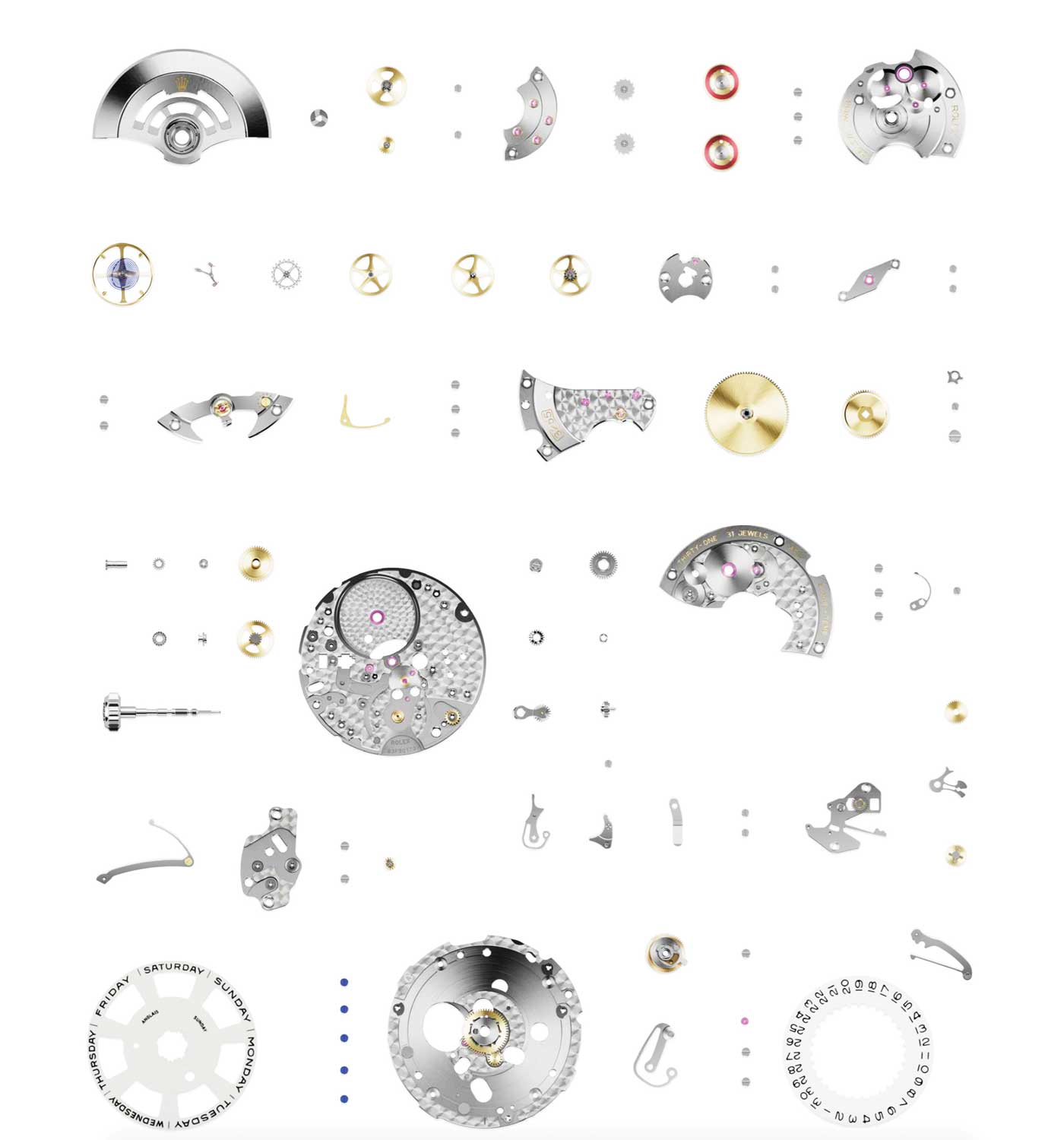
The President’s watch
There is something almost viscerally beautiful about the Rolex Day-Date, a watch that sits at the pinnacle of the Rolex collection. Indeed, its aesthetics immediately convey everything one needs to know about its character, combining the strength and solidity of the famously water-resistant Oyster case, with the intricately designed President bracelet, made for catching the light and sparkling from a distance. Add to this the precious-metal requirement that all Day-Dates adhere to, being available only in gold or platinum, and one has, in the luster and heaviness of these materials, a strident sense of luxury and eternity, all packed into the ultimate status symbol.
Functionally as well, differing from all other Rolexes, the Day-Date is unique in being the only current Rolex model that adds a day-of-the-week complication, with the day spelled out in full, in the trademarked position at 12 o’clock on the dial, giving a sense that this is all the information that is required from a watch for the successful and productive people who have chosen it to be their everyday watch. Indeed, the Day-Date has a cachet like no other, and with the bank-vault solidity of the Rolex name, it epitomizes a luxury watch that, unlike many others, you can actually use daily and without exception.
For a long time, the prototypical Day-Date (the ref. 1803) and its other evolutions and guises (like the ref. 183038) had remained loyal to the same design cues and 36mm size. This continued until the Day-Date II, where the size of the watch increased to 41mm. Although this was partly in response to what the market wanted, it was rather controversial when it appeared, for its design — with the chunkier, squared-off edges of the case — had its fans and detractors.
This was why, when the Day-Date 40 was shown to me at Basel in 2015, I thought that it was merely another variation of their 36mm ref. 18038. Only when I held it in my hand did I realize that it was bigger than what I had expected, and that this was something completely new. Indeed, there was a moment of recognition for what had been done here — Rolex had somehow created the watch that everyone had been asking for.
Keeping to the classic dimensions and shape of the 36mm version, the Day-Date 40 was essentially the same, but expanded to a more modern 40mm size. Here was a watch that retained everything we loved about the aesthetics of the original, but in a bigger size. At the same time, in keeping with the modern feel of this new watch, new dial variations and an updated President bracelet were also part of the package.
Of course, the excitement that came from its looks was the main story here, and it rather sidelined the whole host of innovations that came within, especially its brand-new movement. But I’m here to correct that with a look at what Rolex has done with the new cal. 3255.
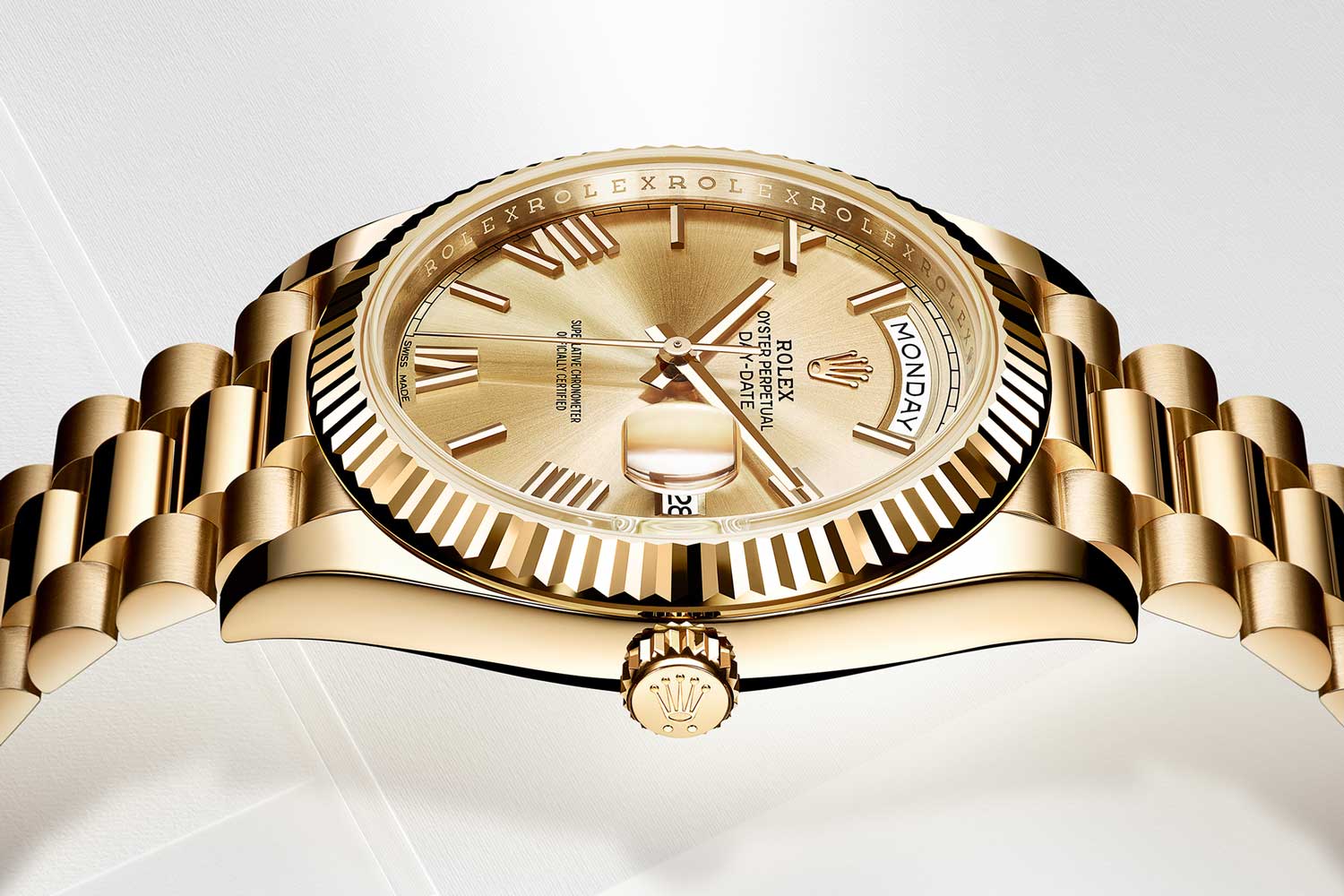
Day-Date 40
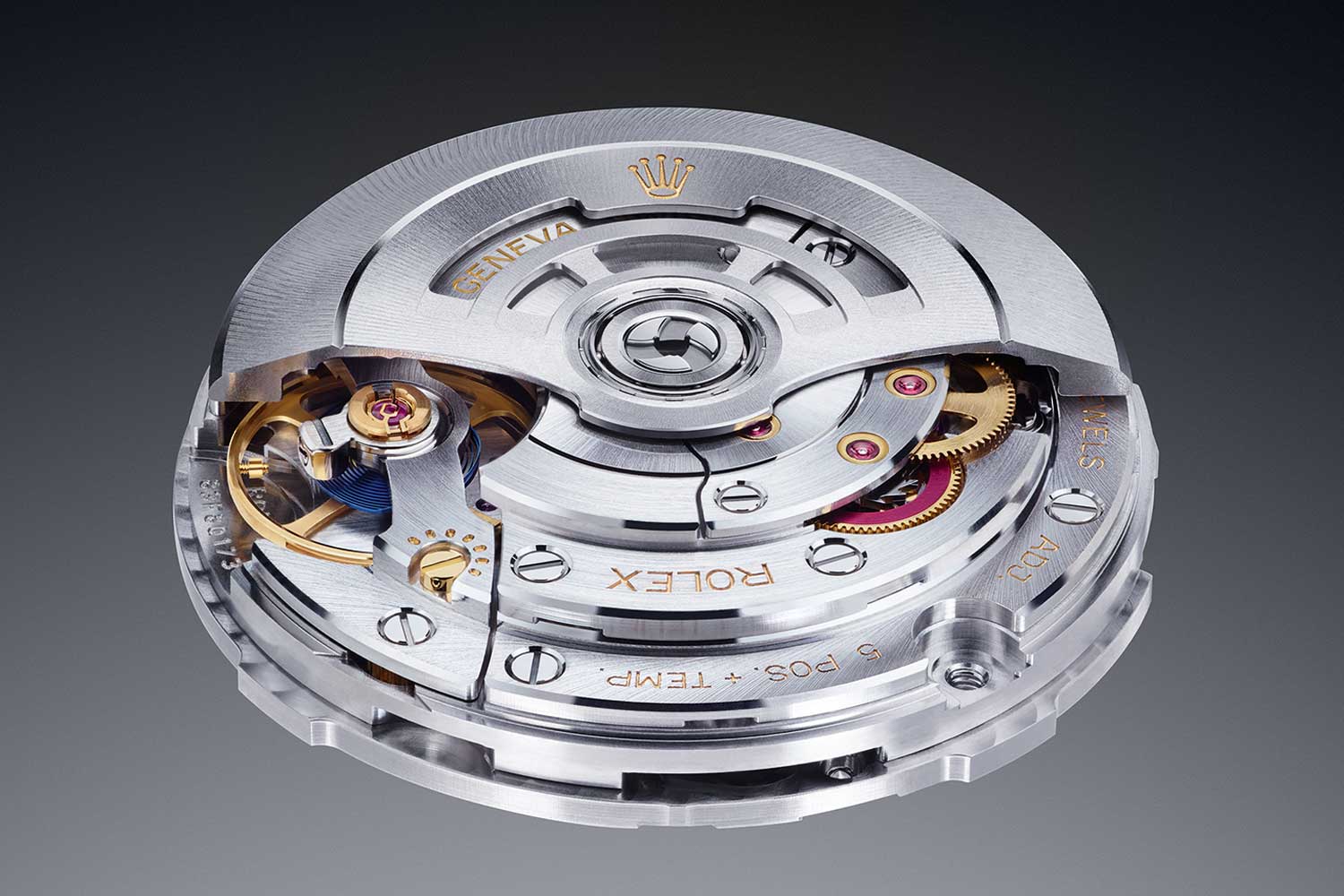
The self-winding module has been upgraded with a new generation of the famous Perpetual rotor
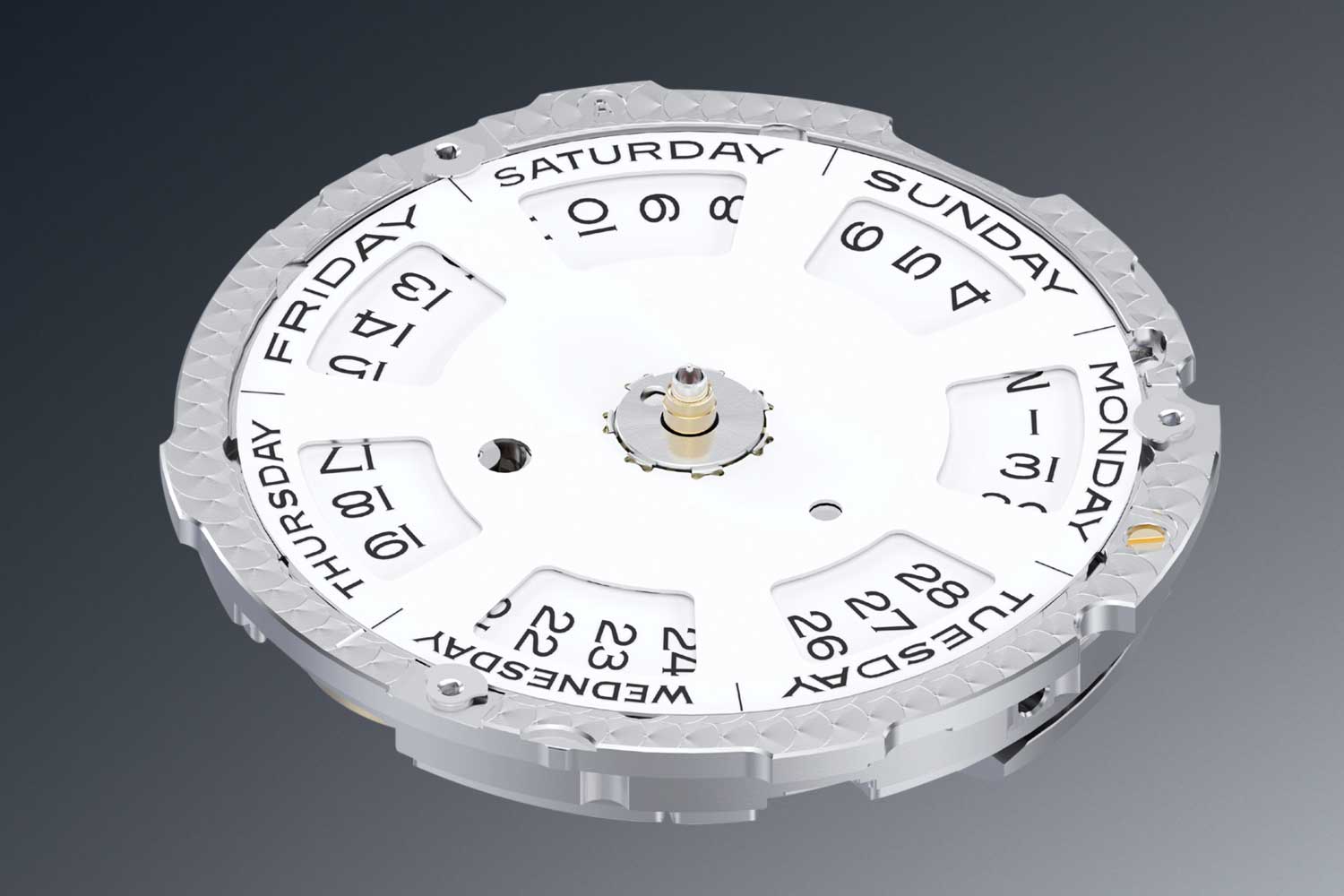
The Chronergy Escapement
Perhaps the most interesting aspect of the cal. 3255 is the new Chronergy escapement that it contains, which is an almost complete redesign and upgrade of its predecessor, the cal. 3156 found in the Rolex Day-Date II. It’s obvious from the technical drawings that something very different is going on here, and this perhaps accounts for the jump in efficiency over the traditional Swiss lever escapement by 15 percent.
Differing from a traditional escapement, the elements are no longer aligned, but slightly offset, allowing a greater distance between the pallet fork and the balance wheel, thus multiplying the lever effect. To further enhance the effect, the length ratios between the escape-wheel teeth and pallet stones are reversed. With the pallet stones being only half as thick as before, the contact surfaces of the escape-wheel teeth are doubled. Inertia is reduced by making the escape wheel lighter from a new cutout design, a component realizable by LIGA technology, a process of micro-manufacturing by electroforming.
Elsewhere, the self-winding module has been upgraded with a new generation of the famous Perpetual rotor, which winds the watch faster to keep up with its higher capacity and longer power reserve of three days (approximately 70 hours), while still retaining its reversing wheel system to ensure that winding is done in either direction of the weight rotation. The new monobloc oscillating weight also has a slightly different arrangement of its shock-absorbing cutouts, being larger and more obvious.
The new escapement and the winding system, along with a new high-capacity barrel with thinner walls for a larger mainspring, have had the effect of adding an additional 24 hours to the power reserve over the older caliber, rendering this new version more convenient, allowing the wearer to leave the watch stationary over the weekend, and pick it up to use immediately, without the hassle of winding and setting the time on Monday.
Further improvements to magnetic resistance come from the new escapement being made of nickel-phosphorous, with the balance wheel carrying the blue Parachrom hairspring (an alloy of niobium and zirconium) that, as we already know from Rolex, is up to 10 times more precise than a traditional hairspring in case of shocks.
In many ways, one could consider these refinements like those we might find in Formula 1, where performance gains are gotten when small things are tweaked and the overall effect becomes a culmination of little things that transforms a great caliber into an exceptional one. Indeed, the evidence of these improvements can be most visibly seen in the tighter standards of precision that the new cal. 3255 must adhere to.
Rolex most famously subjects a large percentage of their watches for COSC certification, with the requirement of a timing rate of -4/+6 seconds per day necessary for the movement to pass the test and be labeled a “chronometer” on the dial. The new cal. 3255, while retaining this official certification, will undergo a new battery of in-house tests that claim to be twice as exacting as that of the COSC, differing primarily by placing completed watches (instead of uncased movements) under conditions that simulate real-life conditions while being worn.
Certainly, these refinements will no doubt find their way into movements of the future, and bring us closer to the limits of what is technically possible in a mechanical watch. That these innovations come to us in the pinnacle model of the Rolex collection reminds me a little of how things work with each new generation of the Mercedes Benz S-Class, where we find every new generation of the car coming packed with the latest innovations of the automotive industry, before they filter down to the rest of the industry in later generations to become the norm. This then is the difference in what these innovations in the cal. 3255 represent, and can perhaps be thought of as a glimpse of what we can all expect from all mechanical watches in the future.
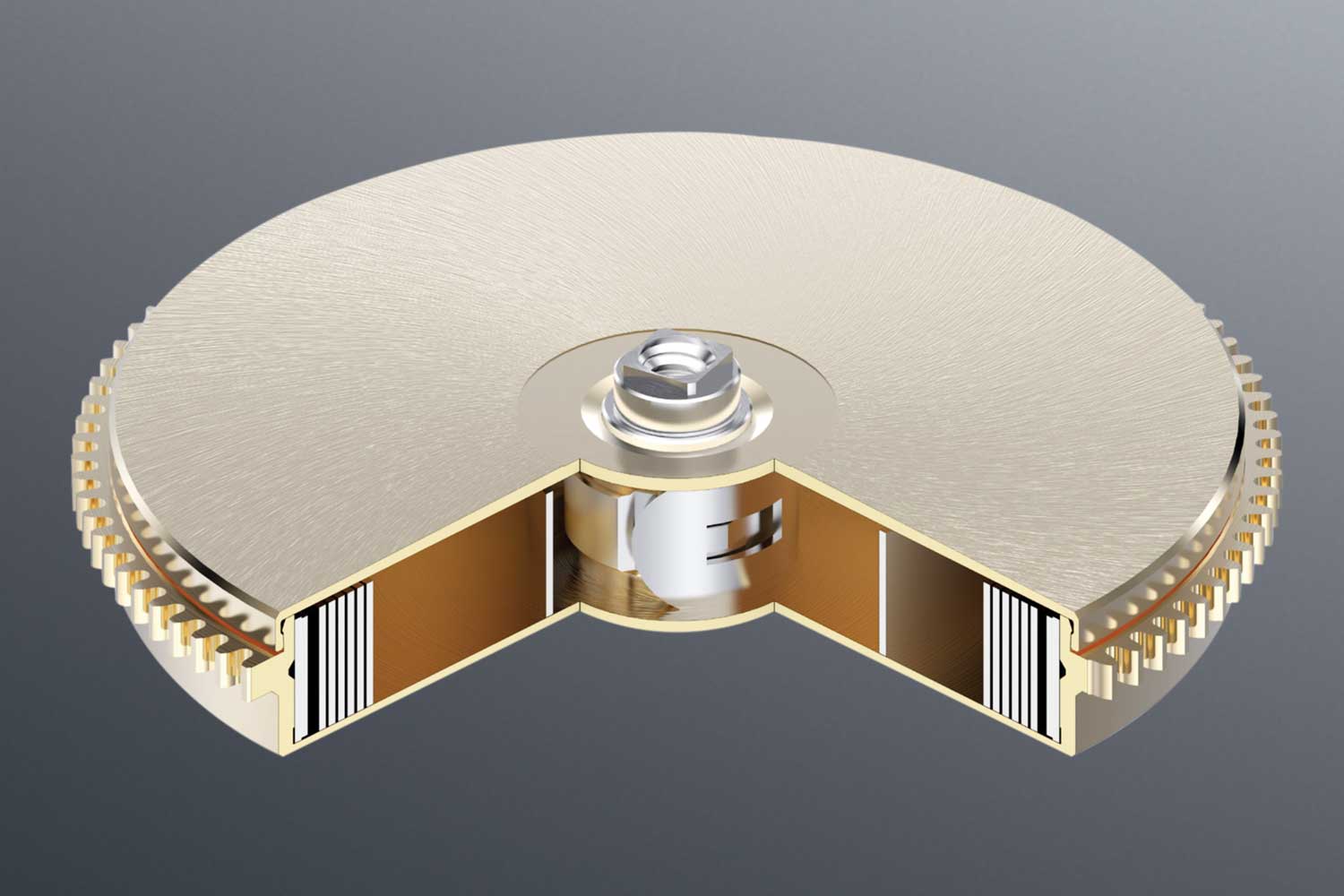
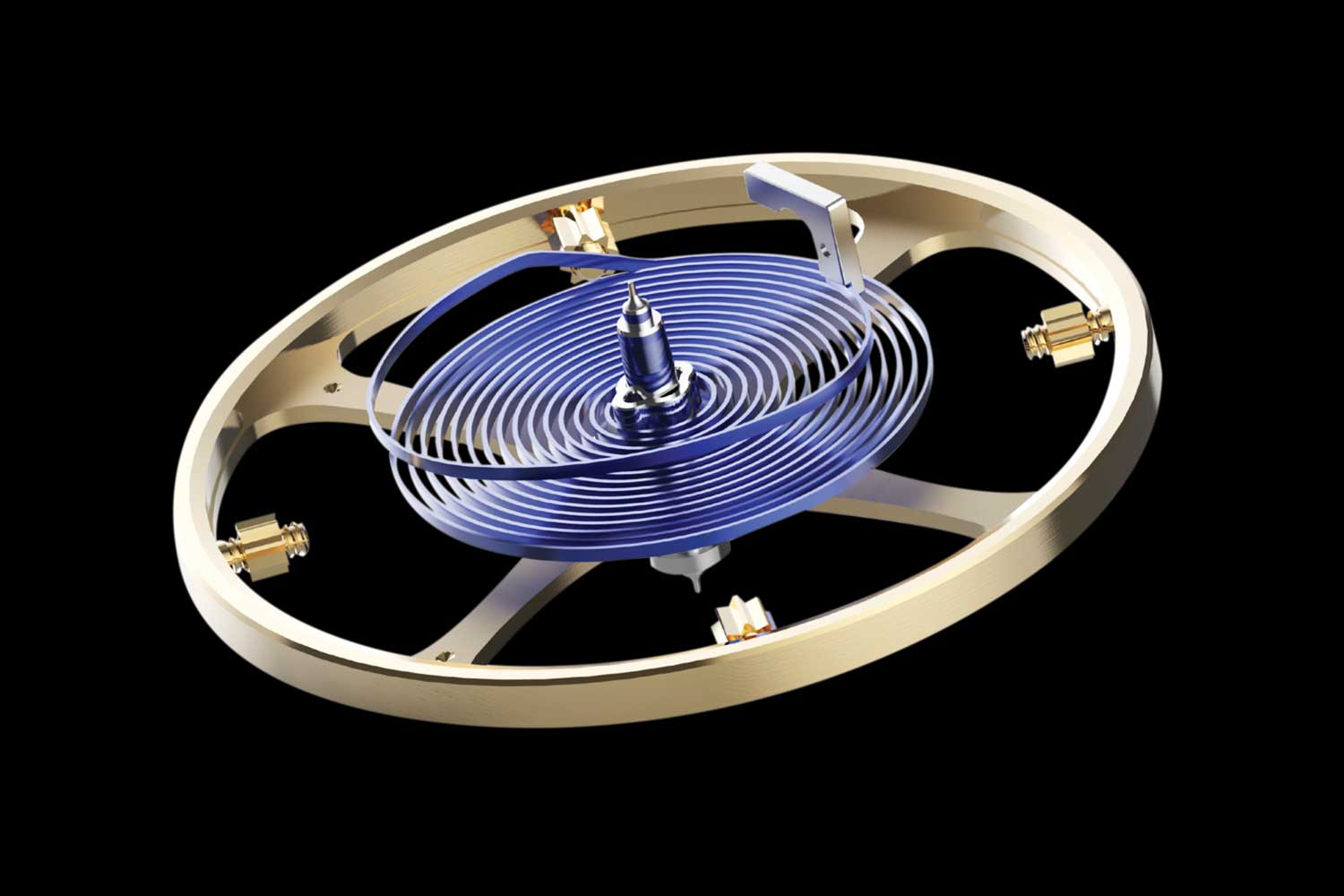
The blue Parachrom hairspring
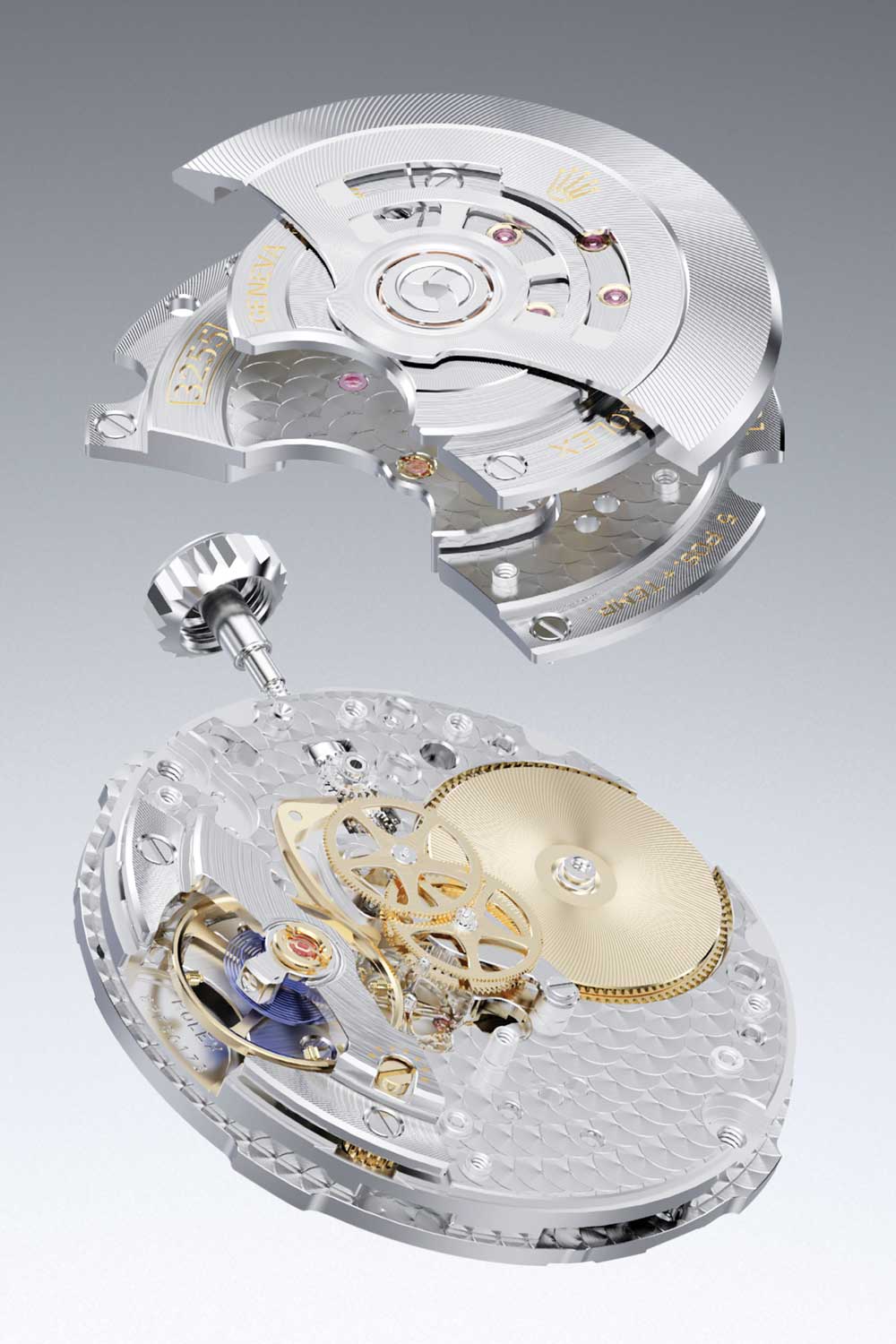
Further improvements to magnetic resistance come from the new escapement being made of nickel-phosphorous, with the balance wheel carrying the blue Parachrom hairspring










